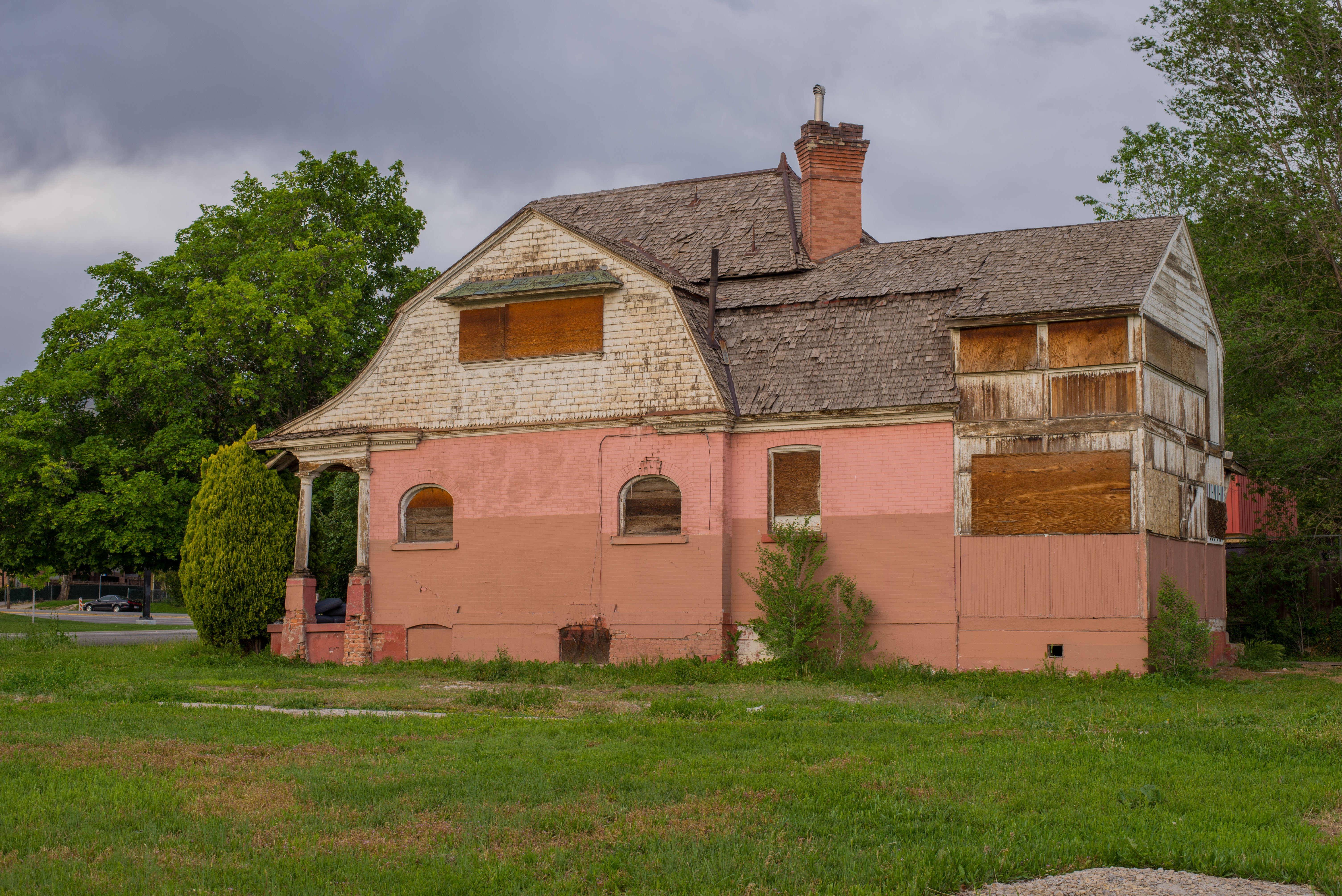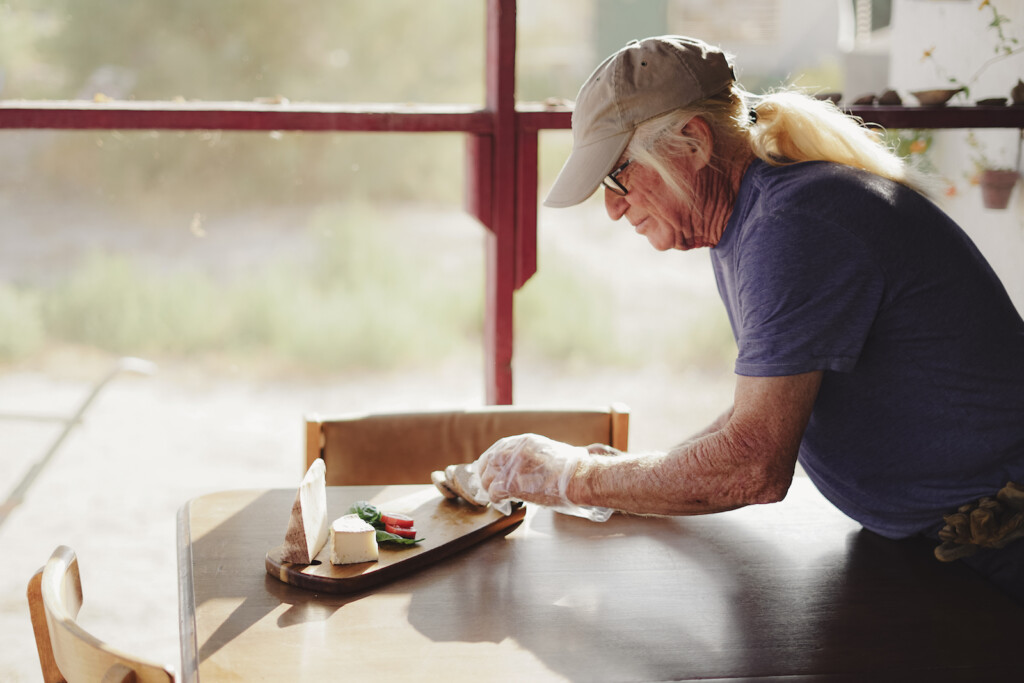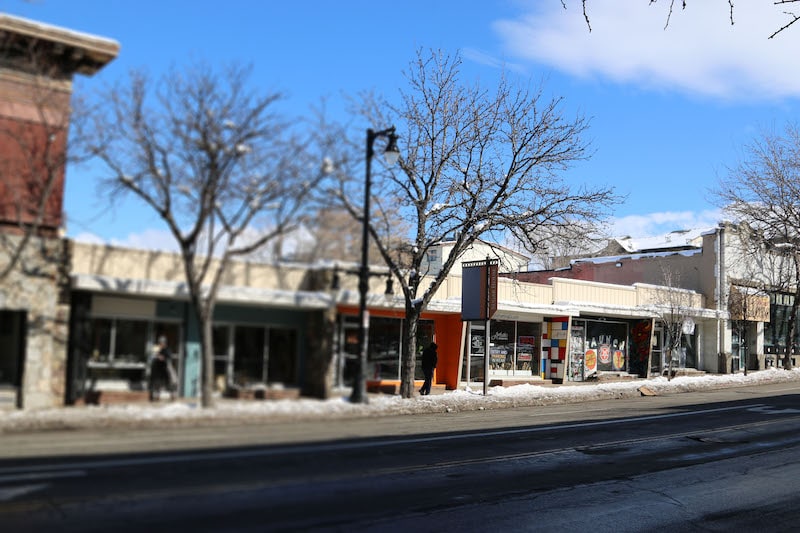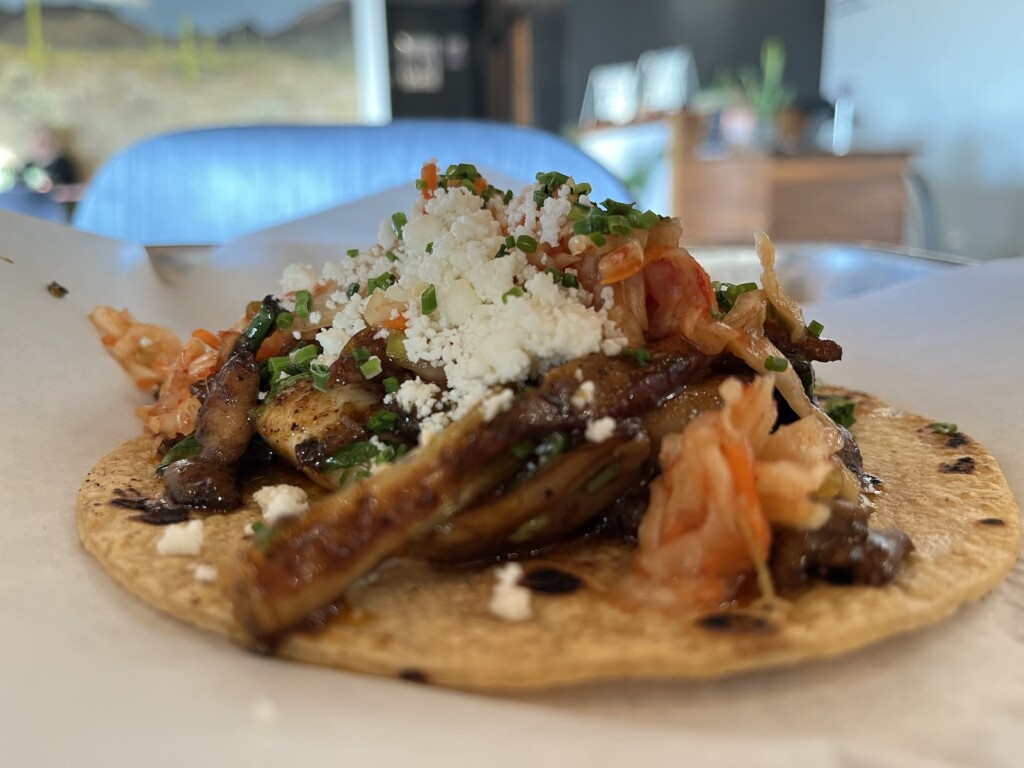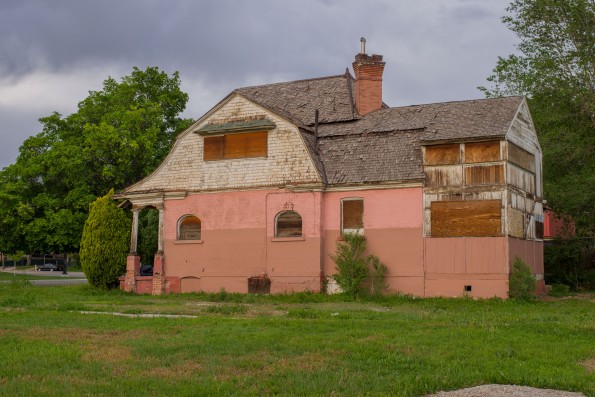
Salt Lake County is piloting a program called Farmlink, which connects interested growers with available acreage. It’s the latest in a string of programs, both government and private, to utilize vacant land to grow fresh vegetables, particularly for low-income households.
“We strive for 60 percent low income in all our gardens,” said Ashley Patterson, Wasatch Community Garden executive director. “People who live in the dense urban core don’t have yards, and they want to grow some food and meet some people. This is the way to do it.”
Wasatch Community Gardens owns and leases land, which they subdivide into individual vegetable garden plots people can pay $20 to $58 annually to use.
They also work in the Salt Lake City School District, supporting nine school gardens and a youth program for low-income children who might not have access to fresh fruits or vegetables.
“Open green space in cities is important also for our mental health and creates a more vibrant city,” Patterson said. “And gardens build community,” she added. “As a society, we’re not always connecting with each other. We walk out of our place, get in the car and go straight to our workspace. It’s important to have spaces where we’re connecting with other people. It makes for a better community and a better society,” she said.
Because of Wasatch Community Garden’s emphasis on low-income households, they get a lot of people from diverse backgrounds, including refugees.
“We get this great melting pot of people,” she said. “It’s such a great opportunity to meet people who aren’t the same as you, and who don’t have the same social network.”
Backyard Urban Gardens (BUG) operates a little differently. Early in the season, customers pay for a share of the farm. They then get a weekly or biweekly share of vegetables. This can mean anywhere between 6 to 18 items, depending on the month.
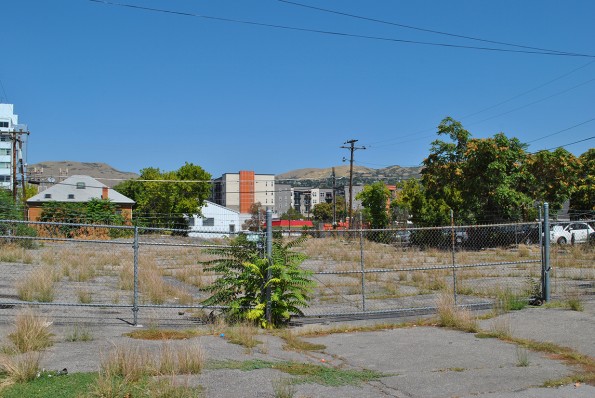
With the BUG program, customers don’t harvest crops themselves unless they are work-trade volunteers who commit to working five hours every week for a share.
BUG grows the vegetables in people’s backyards in Salt Lake City’s Glendale neighborhood. In exchange for the land use, the property owners receive a share of the harvest.
“A lot of people there have half-acre properties that are a lot to maintain,” said Carly Gillespie, BUG co-owner and farmer. “We cover water costs, and they’re not having to deal with a big piece of property they may not otherwise be using.”
With a small carbon footprint, BUG is able to produce a large amount of food on a small piece of land, Gillespie said.
In 2013, the Utah Legislature passed Assembly Bill 551 which provides tax incentives for people to turn “stagnant plots into productive community gardens and small-scale farms.”
But not everyone has the time or desire to farm their own properties. That is where Salt Lake County Urban Farming is stepping in. Their Farmlink program links property owners who would like the tax incentive but don’t want to work their own lands with people who want to farm or garden but don’t have property.
For more information about Farmlink, contact Aaron Barlow at 385.468.1824; for more information about BUG, contact Carly Gillespie at 801.694; and for more information about Wasatch Community Gardens, contact Ashley Patterson at 801.359.2658.

